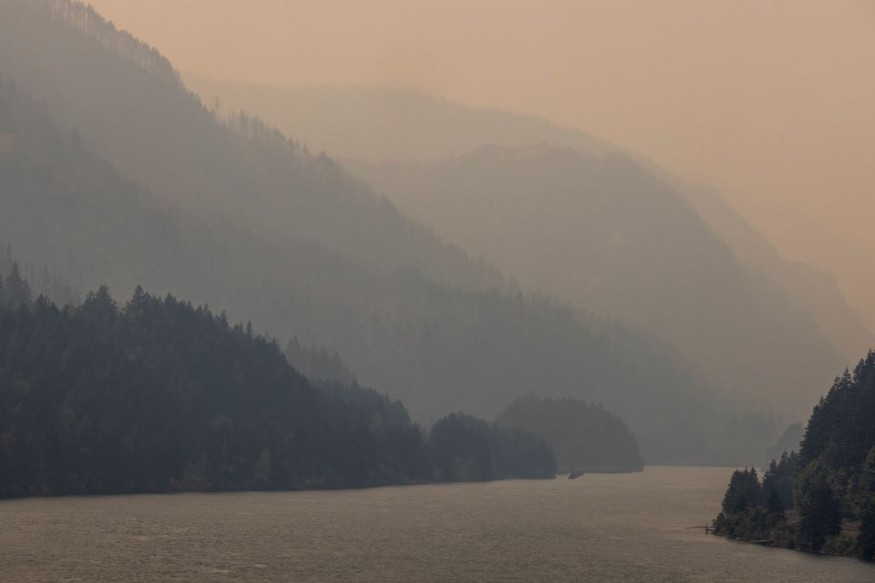A heat wave is putting the Southern United States into a standstill and placing over 65 million people at risk, according to the National Weather Service (NWS).
Latest reports indicated that a so-called "third heat wave" is scorching the Southern US while still at the early phase of the country's summer season.
Summer Heat Wave Alert

Excessive heat warnings and heat advisories are still ongoing in affected areas across the region due to the continuance of the summer heat wave, according to the NWS.
The US weather agency's Weather Prediction Center (WPC) stated on Thursday, July 7, that the "dangerous heat" and humidity will continue to affect the central and southern Plains, as well as areas into the Southeast US.
In an updated CNN Weather, the following US cities could be at risk from triple-digit heat indexes:
- Dallas, Texas
- St. Louis, Missouri
- Memphis, Tennessee
- Little Rock, Arkansas,
- Birmingham, Alabama
- Atlanta, Georgia
- Raleigh, North Carolina
Also Read: Heat Wave to Hit the Midwest and Southern United States Next Week, Reaching 100 Degrees Fahrenheit
US Heat Wave Assessment
According to the National Oceanic and Atmospheric Administration (NOAA), cited by the US Environmental Protection Agency (EPA), the following heat wave developments have gripped the country since the 1960s:
- Heat wave frequency has increased consistently across the US, starting from an average of two heat domes per year in the 1960s to six per year during the 2010s. As a result, this has led to the frequent occurrence of extreme in major cities nationwide.
- The average heat wave in large US urban centers has spiked to four days in recent years, a day longer than the average during the 1960s.
- Heat waves have elevated health risks for people, who are caught off-guard by a prolonged, unprecedented "heat wave season" across 50 US cities.
- Intense heat has been a result of a temperatures increase of 2.5 degrees Fahrenheit above the local threshold.
- Heat wave duration becomes significantly longer in 26 out of the 50 cities affected by the intensifying heat and scorching temperatures.
In the said NOAA heat wave assessment, the worsening heat crisis has been attributed both to a combination of climate change and other factors.
This entail that there is a gradual yet increasing heat wave frequency, intensity, duration, and season.
However, the EPA cited those long-term records show that the heat waves in the 1930s is still the most severe in US history.
2021 US Summer Season
Some of this year's heat wave forecasts are made without avoiding the catastrophic natural disaster that transpired during the 2021 US summer season, wherein hundreds of people died due to a heat wave in the Pacific Northwest.
According to the Washington State Department of Health, there were over 100 heat-related deaths between June 26 and July 2 last year.
Further deaths have been reported in the following days afterward.
The department cited a reported from the NWS office in Seattle, Washington, that the unprecedented extreme heat occurred in a prolonged duration across the region, resulting in heat-related illness as well.
Latest records also showed that there were over 500 heat-related deaths recorded in Washington, Oregon, and Canada's British Columbia province during the last summer.
© 2025 NatureWorldNews.com All rights reserved. Do not reproduce without permission.





